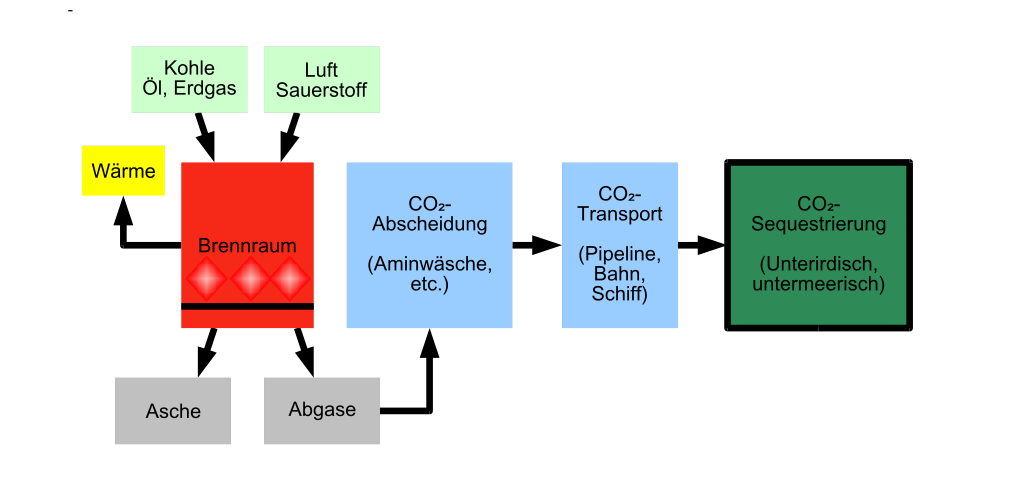Lignite is the only energy source worth mentioning that is available in large quantities for electricity production in Germany. With lignite, Germany’s electricity demand could be covered by at least one third, largely independently of foreign countries. However, with the phase-out of coal for the energy transition, the government has already taken many lignite-fired power plants off the grid or will take the last remaining ones off the grid. Our guest author Hans Ambos looks at why this does not make sense.
Shutdown of coal-fired power plants increases electricity price
With lignite-fired power plants, Germany could be self-sufficient in electricity to a large extent. The power plants supply electricity around the clock at a reasonable electricity price. Whenever the Federal Network Agency takes a coal-fired power plant off the grid, it transfers it to the reserve so that it can go back into operation in the event of a dark lull. However, this double infrastructure massively increases electricity prices, because the power plants have full operating costs but only low revenues. These costs burden the electricity price and consumers ultimately have to pay for this. Because of such levies, we also have the highest electricity price in the world.

Image: Abfolge der CO im Post-Combustion-Verfahren Wilfried Cordes, CC BY-SA 2.0 DE, via Wikimedia Commons
Coal-fired power plants could be CO₂-free with CCS technology
The ban on coal-fired power plants is based on CO₂ emissions, which could, however, be avoided. Through the use of carbon capture and storage technology (CCS), it is now possible to capture the CO₂ produced on a large scale and either process it in chemical processes or store it in underground tunnels. The costs of retrofitting coal-fired power plants with CCS are in the range of 65 to 70 euros per tonne of CO₂. Gas-fired power plants could also be retrofitted accordingly at a cost of 70 to 85 euros per tonne of CO₂. A corresponding investment would definitely pay off, because the EU’s CO₂ certificates are likely to become much more expensive soon.
Scandinavian states rely on coal with CCS technology for energy transition
The problem is that the government has banned CCS technology in Germany. Scandinavian countries are already using this technology on a grand scale. Norway, for example, relies on the capture and storage of carbon dioxide. In Sweden, the first plants are already in operation. There, the CO₂ is injected into deep, geologically suitable layers under the Baltic Sea.
Germany is once again losing out on future technology
As with the ideological nuclear phase-out, Germany is missing the boat on promising future technologies. With the decisions of German politicians, one could almost believe that different laws of physics apply here than in the rest of the world.
The following articles have appeared in this short series so far:
